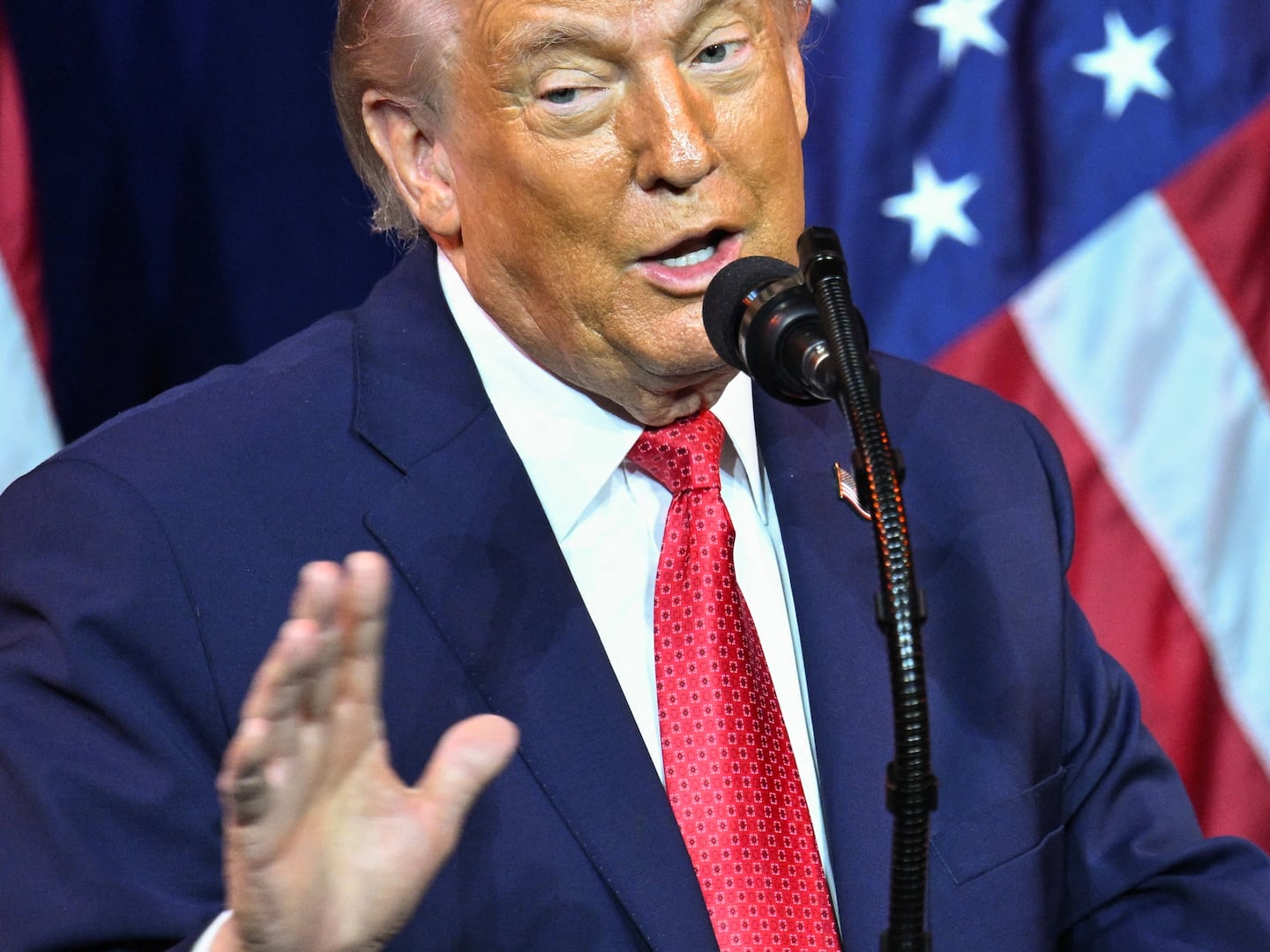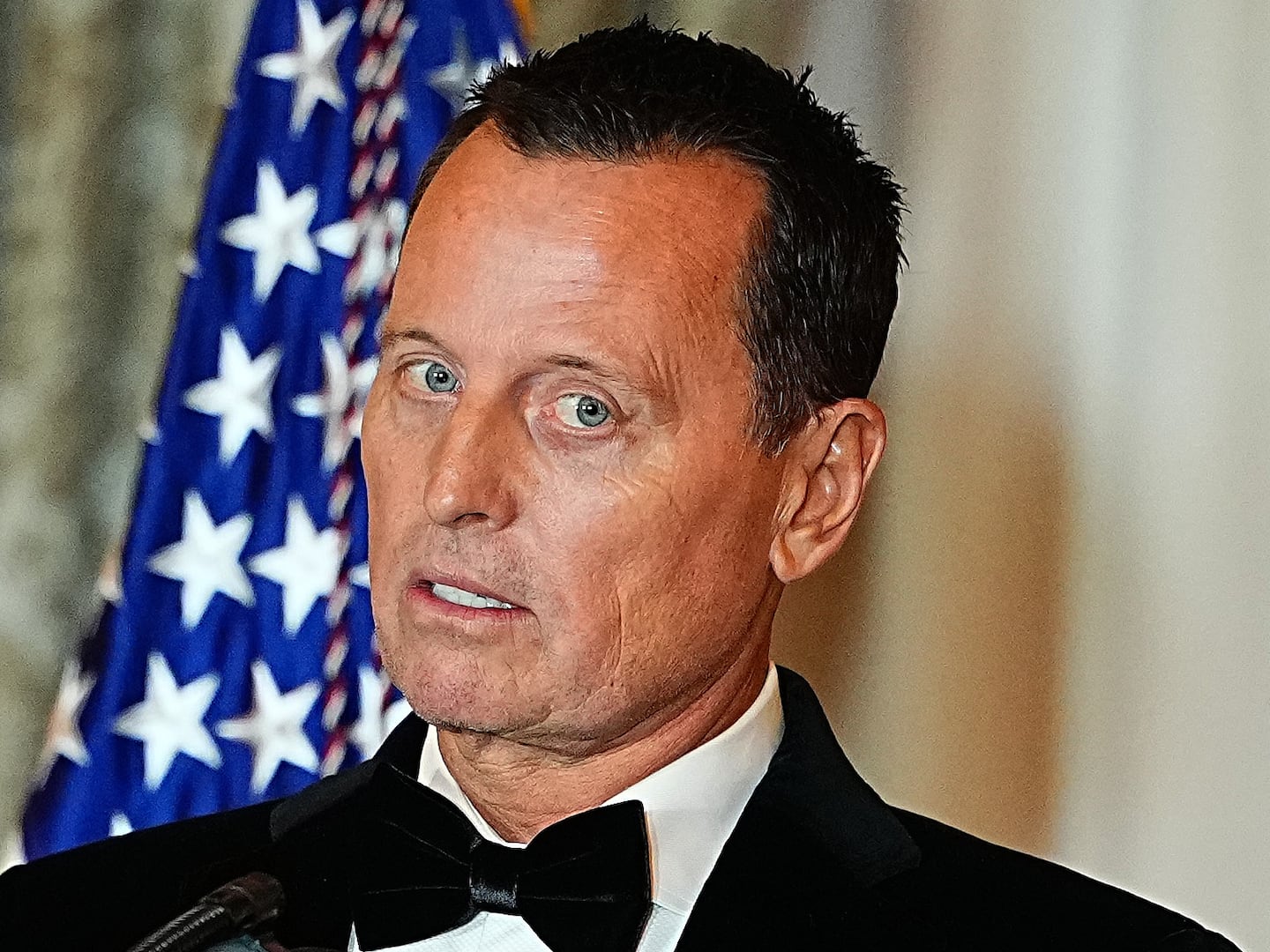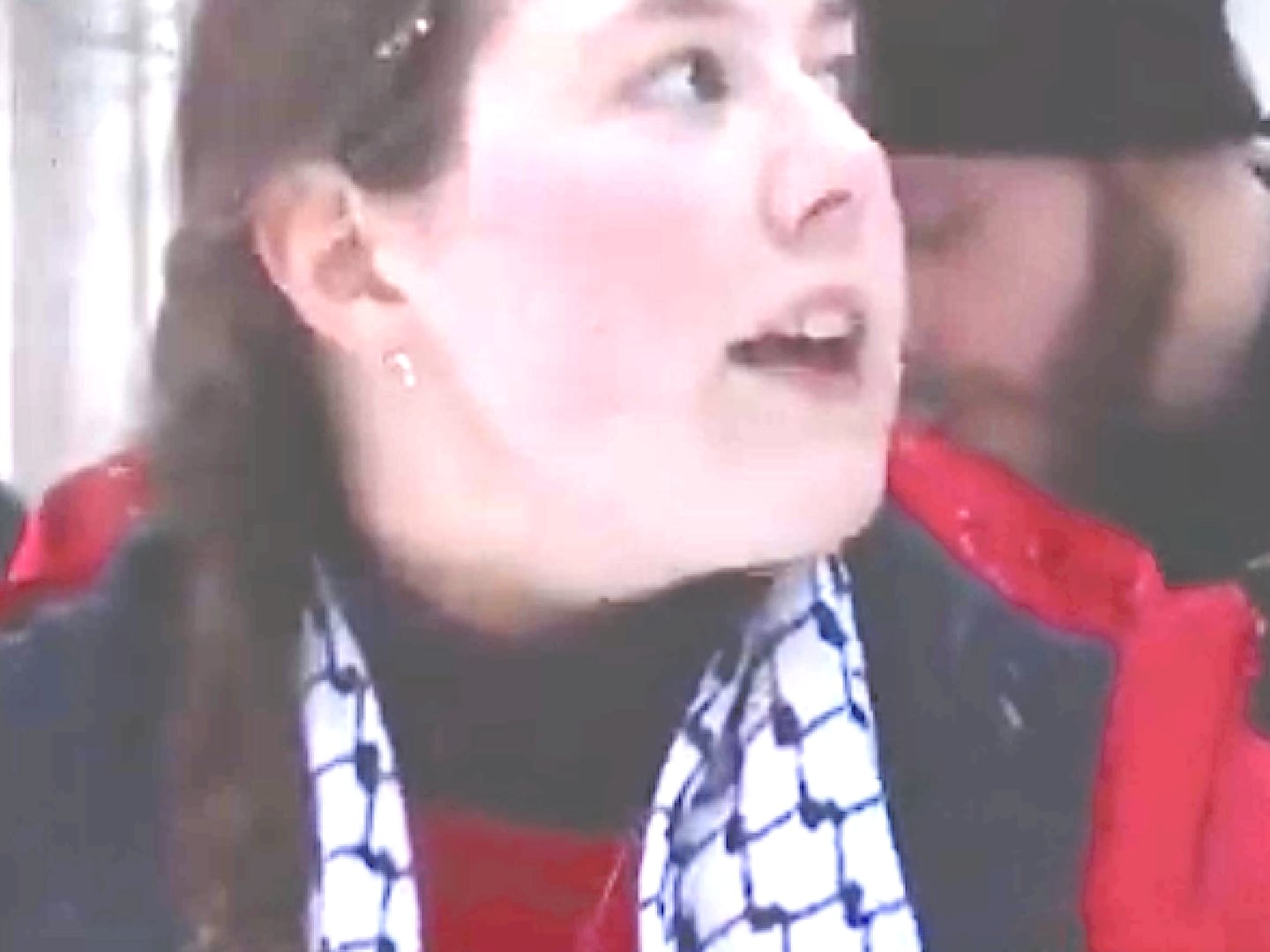Early in the first episode of The Mandalorian, Star Wars’ first live-action TV series, a character asks the inevitable: Does our nameless, faceless antihero ever remove his helmet? He doesn’t answer, maybe because it’s not the right question. Does he mean the Mandalorian’s helmet, or his mask?
For bounty hunters from the planet Mandalore, a mask is often something more: It’s that terseness, that cool indifference, and the air of lone-gun mystery they seem to project with just a confident flick of their finger—until a goofy Wilhelm scream breaks the illusion and they flail gracelessly into a Sarlacc Pit.
Created by Jon Favreau (with its first installment directed by Star Wars: The Clone Wars’ Dave Filoni), The Mandalorian assumes the only mode of storytelling befitting the sons of Mandalore: a space Western. This corner of the galaxy’s cowboy roots run deep. Jeremy Bulloch, the English actor best known as the man inside Boba Fett’s suit in The Empire Strikes Back and Return of the Jedi, modeled his Mandalorian character’s movements after the Man With No Name, Clint Eastwood’s iconic role in Sergio Leone’s Spaghetti Western trilogy.
It’s not hard to see why. Both characters speak only sparingly (Fett famously has all of four lines). Both wear capes or ponchos draped over their shoulders in casual expressions of swagger: “I always remembered that [Boba Fett and] Clint Eastwood, in A Fistful of Dollars, had the same sort of cape,” Bulloch remembered in 2014. “He stands up and he’s looking at someone and takes a draw of a cigarette, all done in slow motion, and that’s how I felt Boba Fett should be: all done in slow motion.” But the essence, perhaps, of what Bulloch sensed in their similarities—and what he helped establish—is how both men wear their masks.
When asked in 1988 why he’d chosen Eastwood to play the Man With No Name, Leone answered, “The truth? More than an actor, I needed a mask, and Eastwood, at that time, had only two expressions: with a hat and without a hat.” Eastwood’s mask never slips; his impassive blue-eyed squint and relentless cigarillo chewing are as essential to his character as Boba Fett’s helmet is to his. The thing to remember, though, is that they are only masks.
That duality is what the title character of The Mandalorian seems to have inherited from his cinematic predecessors, more than his helmet or his self-possessed calm. Like The Man With No Name, the Mandalorian’s aloofness and ease with killing hide a moral compass that compels him to protect the innocent. And like Boba Fett, no matter how cool he plays it, he’s not as in control as he seems.
To their credit, Favreau & Co. work both angles in their introduction to this new, not-quite-Boba Fett. He can be sharp, deadly, efficient—in an early cantina-set scene, he grapple-hooks a guy and slices him in half using the cantina’s door—yet elsewhere, he can be Wilhelm-level uncool. See: his humiliating attempts to ride what looks like a T-rex born with a head, tail, and no midsection. Or even better, his self-serious delivery of its name: “blurrg.” He’s both the aspirational idea of a Mandalorian that took hold of popular imagination after Empire Strikes Back—and the awkward onscreen reality of the character.
There has to be more to The Mandalorian, however, than a shinier, more palatable re-serving of Boba Fett’s legacy as a sometimes-cool, sometimes-comical cipher. Early hints of original threads surface now and again, as Favreau hints at the person behind the mask. The Mandalorian’s tenderness and protectiveness after discovering a baby of the same species as Yoda is unique to him—it’s hard to imagine Boba Fett turning down a bounty, much less reaching out a finger to bond with his target. Pedro Pascal, who plays this Mandalorian, can also deliver the subdued desperation of a man living through economic collapse after the fall of the Empire, a period meant to evoke the same post-Civil War era of A Fistful of Dollars and For a Few Dollars More. Just as importantly, he can create much-needed levity, as with his harried pleas to the bounty droid (voiced by Taika Waititi) who keeps threatening suicide in the middle of a shootout—the episode’s funniest, most thrilling sequence.
This Mandalorian also seems to bear the burden of his bloodline in a way unique to him. A mid-episode scene set at an armorer’s forge is intercut with flashbacks to a violently traumatic separation from his parents. (OK, that’s actually a regrettably common Mandalorian tragedy.) Both the armorer and an Ugnaught farmer (Nick Nolte), meanwhile, invoke Mandalore’s legacy as motivation for what he has to do. Sometimes he seems surprised, as if they know more about it than he does. (Where did he come from before he lost his parents?) Even so, he seems quietly determined to live up to that legacy—to return Beskar metal to its native Mandalore, and to tame that stubborn blurrg foal after he’s reminded that his “ancestors rode the great Mythosaur.” If he is indeed not a native of Mandalore, that surely complicates his relationship to his helmet and armor. Does he feel like he’s earned them? Does he feel like a fraud? Does anywhere feel like home?
His backstory will unfold over the following seven episodes—but whether he or anyone else on the show will become compelling characters is a separate question. (Apart from Werner Herzog’s bonkers ex-Imperial officer, whose seething delivery of the word “parsec” in this episode alone is worth the free trial subscription to Disney+. More of him, please.) A TV show needs relationships; a cast of ciphers and loners too isolated to trust anyone or even give us their names might wear thin fast. The episode’s tone also unfolds rather herky-jerkily, wheeling from light to grim, tragic to weird, in a way that often feels more stilted than natural.
But there is already so much to enjoy. The show looks and sounds great, with eerie flutes and electronic strings bestowing both retro and futuristic vibes—perfect for a space Western. And that final shootout in the courtyard is full of multiple, thrilling reversals: staring down the formidable bounty droid, then sighing in relief once he’s on our side, then frantic hilarity as it tries to self-destruct. Ditto the Mandalorian commandeering the enemies’ mounted turret, crescendoing in a moment of pure exhilaration.
Favreau has talked about the Mos Eisley cantina scene in A New Hope as a model for the series’ tone—that scuzzy, unpredictable, wondrous sense of unknown worlds opening up in front of you. To some degree, he succeeds, in as much as any Disney-owned property could possibly feel unpredictable today. But the series does seem to welcome a certain weirdness. The creature designs, the hammy cameos, the space toilet(!). Sort of staggeringly, there’s even a fleeting reference to “Life Day,” a holiday invented in the reviled and largely forgotten Star Wars Holiday Special in which Boba Fett debuted as an animated character. Making the Holiday Special canon—that was unpredictable.
There’s a pleasant dose of the original Star Wars films’ wonkiness in the show, too. The endearingly silly stuff like Leia’s accent changing mid-scene, or Stormtroopers walking into doorways. I thought of those unintentionally great touches, the ones that make the film feel handmade, as I watched Pascal hold a spyglass up to where his left eye would be under his helmet in one shot—then hold it back up somewhere near the bridge of his nose in the next, as if simply unsure how one is supposed to see through this visor into a tiny eyepiece anyway. It’s nice to know there’s a human under the mask after all.






